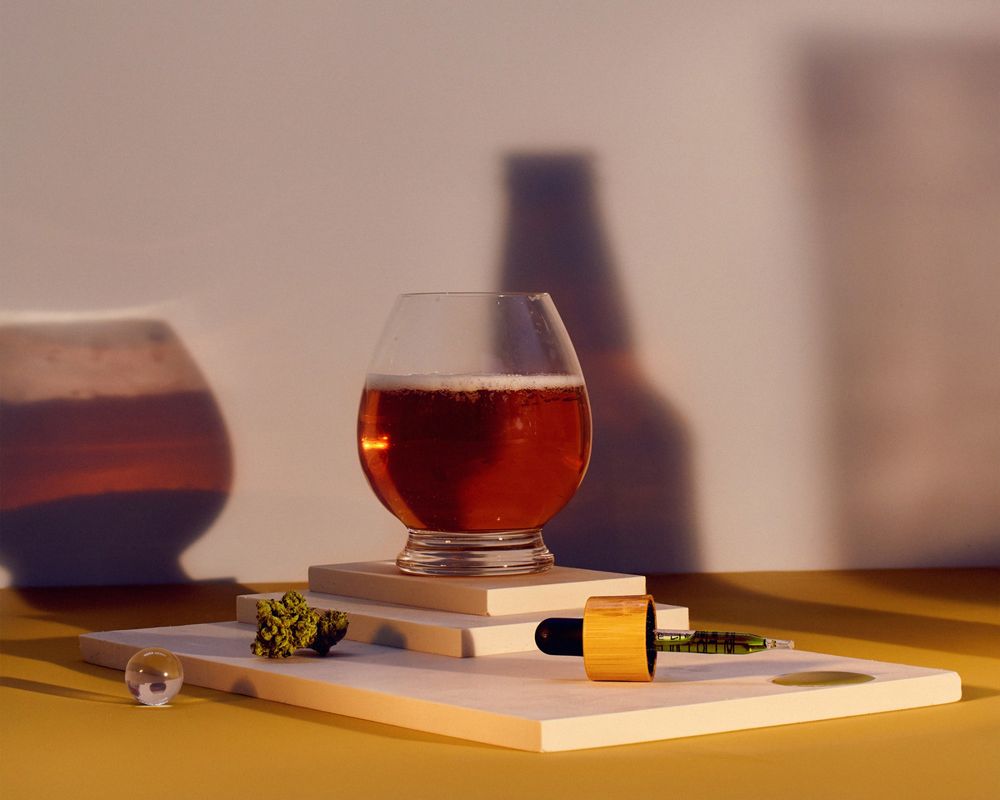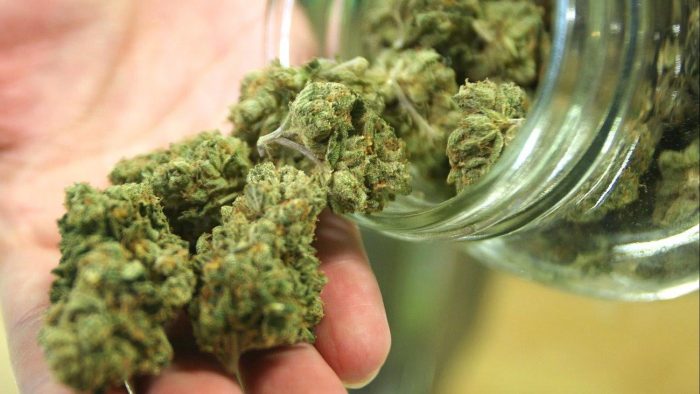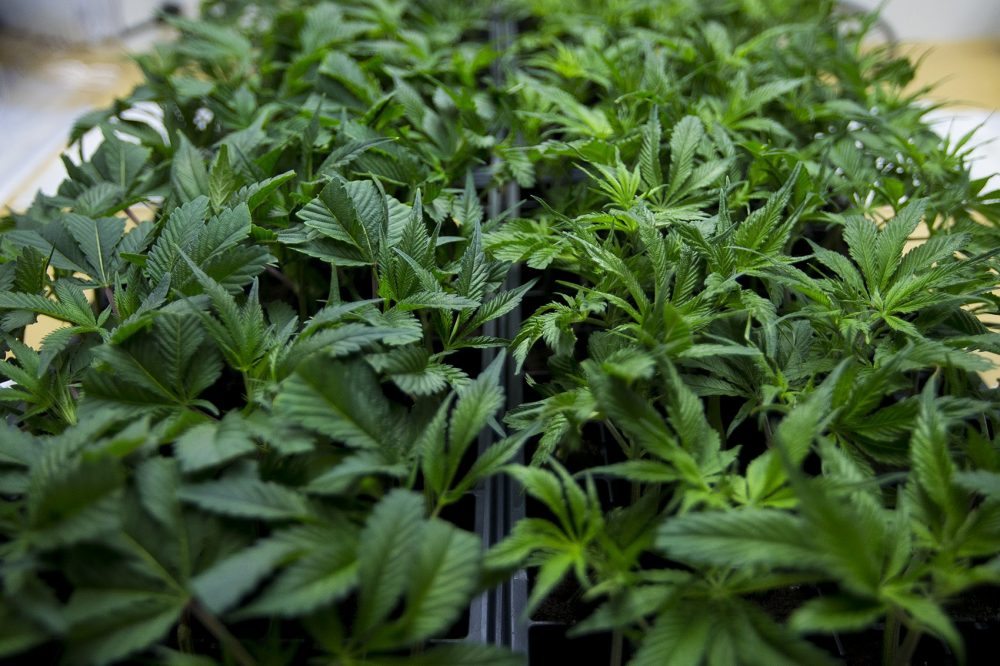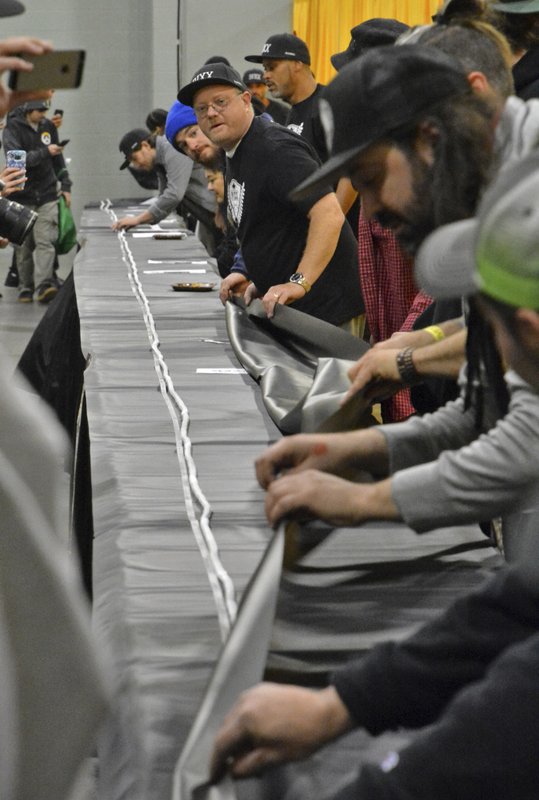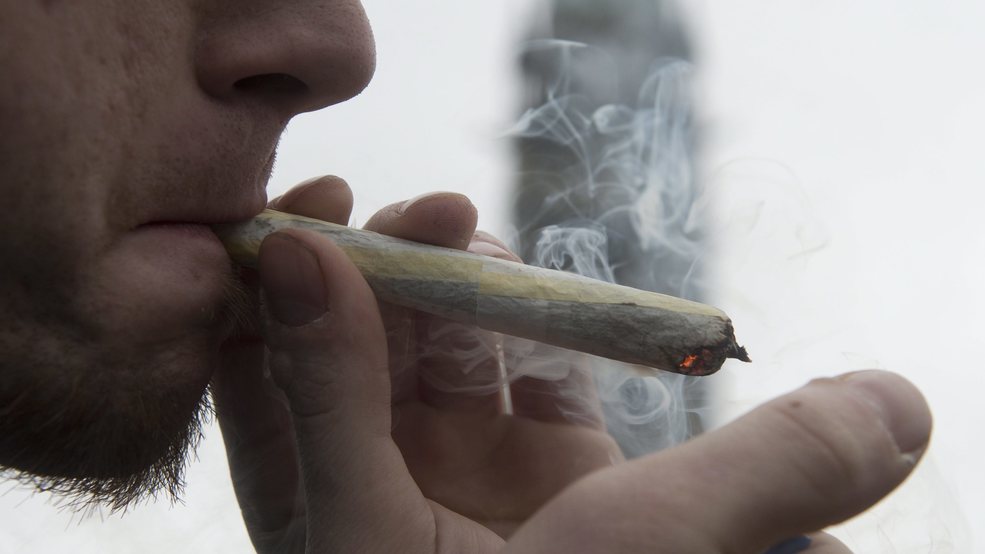On its face, the idea hardly seems objectionable: With the state obliged to reduce greenhouse gases by 2020, regulators should act now to address the large amounts of electricity consumed by major indoor pot-growing operations where energy-hungry high-pressure sodium lamps can burn 24 hours a day.
But a new regulation set by the Cannabis Control Commission to do just that — by limiting the amount of electricity that can be used for lighting to an average of 36 watts per square foot of cultivation space — has the industry howling in protest as it prepares for the debut of recreational sales this summer.
To stay under that cap, growers say, they would have to use LED lights that, while cooler and far more efficient, are five to 10 times more expensive than traditional bulbs. Worse, they said, most of those LED fixtures emit less intense light across fewer frequencies, which in turn causes each plant to yield less marijuana and, in some cases, buds that are not as dense or potent.
“If the commission’s trying to ensure that Massachusetts is known as a state with poor-quality product and high prices, this is a great way to do it,” said Kris Krane, president of 4Front Ventures, a cannabis consulting and investment firm that also plans to open its own dispensary in Worcester this year. “I’d love it if we could get to a place where it’s feasible to grow high-quality product and keep prices down at 36 watts, but I’ve talked to experts around the country and the LED technology is just not there.”
The rule was first proposed by Governor Charlie Baker’s environmental agency. Officials there have suggested that a proliferation of cannabis facilities using high-pressure sodium lamps — the warm-looking bulbs found in older street lights — could make it harder for Massachusetts to meet greenhouse gas reduction goals it’s obligated to reach by 2020.
Kay Doyle, one of the cannabis agency’s five commissioners, said that the lighting standard was just a starting point and that a committee of state environmental experts would work with the marijuana industry on possible adjustments.
Still, she said, the commission was “striving to be a leader” in tackling the environmental challenges posed by the marijuana industry, and it wanted to help the state meet its goal of reducing overall energy use by 25 percent, compared to 1990 levels, by 2020.
But she also acknowledged that the cannabis commission, facing a tight March 15 deadline to promulgate its final regulations, had adopted the recommendations of the Executive Office of Energy and Environmental Affairs with few changes.
“We had to move forward in a way that started us off but gave us an opportunity to further refine if necessary,” Doyle said.
Environmental advocates praised the commission, saying the rule sends a message that it’s time for the fast-moving marijuana industry to slow down and take a hard look at its electricity consumption, which is driven both by lighting and HVAC systems that control the temperature and humidity of grow spaces.
High-pressure sodium lights used to grow cannabis can burn 50 to 70 watts per square foot or more, experts said, and run 12 to 24 hours a day, depending on the stage of plant growth.
“We have an opportunity here to help the state and the nascent cannabis cultivation industry figure out the best ways to be efficient,” said Sam Milton, principal of Climate Resources Group, a consultancy that works with cannabis firms. Besides, he noted, “every watt saved is money in their pockets.”
Milton said he was hopeful the lighting standard would encourage more outdoor and greenhouse operations, where sunlight reduces the need for artificial lights.
But Mark Cusack, a state representative from Braintree who cochairs the Legislature’s joint committee on marijuana policy, said he was pondering a legislative fix that would undo the rule, arguing that the Legislature never envisioned the agency proscribing certain lighting equipment and that the commission failed to consider the rule’s potential impact.
“We have a healthy illicit market where people are growing without LED lights,” Cusack said. A lighting standard that reduces supply and increases prices in the state-regulated industry, he continued, will push growers and consumers to stay underground, depriving the state of tax revenue.
Cusack and other critics also said that an exemption for marijuana-growing operations smaller than 10,000 square feet will only encourage companies to split the large grow operations they’re planning into several smaller ones — negating the environmental benefits.
And they said that even with a 12-month grace period to comply with the standard, existing medical marijuana facilities that want to offer recreational sales will have to spend millions of dollars retrofitting their current cultivation operations.
Other companies are midway through building out facilities and must now weigh whether to stop and switch to a design that would accommodate LEDs.
“I got the impression that [the commissioners] think they can revisit this within a year and address it then, but that doesn’t give comfort to anyone trying to make plans right now,” said David Torrisi, executive director of the Commonwealth Dispensary Association. “This has major ramifications across the whole marketplace.”
In addition to smaller cultivators, facilities that generate all of their energy from renewable sources are also exempt from the wattage requirement. The commission’s rules require producers of all sizes to submit annual reports about their energy usage, plus plans for being more efficient.
Marijuana farmers questioned why cannabis cultivation operations, and not computer data centers and other power-intensive facilities, are being singled out.
“I don’t hear anybody complaining about the exorbitant energy use of a server rack, and the thousands of server rooms all over Massachusetts,” said Peter Bernard, president of the Massachusetts Growers Advocacy Council. “This is just a move by prohibitionists to cripple the industry.”
High energy usage and other negative environmental impacts have long been uncomfortable truths for the pot industry. In Denver, data recently obtained by Colorado Public Radio showed that 4 percent of the city’s total electricity usage is devoted to cannabis growing.
n California, where the weather allows for more outdoor growing, environmental advocates are increasingly worried about marijuana operators clear-cutting swaths of forest and the runoff from those farms.
Krane and others conceded the industry could do better but said the cannabis commission should take a broader look at how “green” a cultivator is.
“Why not come up with an overall wattage per square foot and let people find efficiencies wherever they can?” Krane asked. “And what about water? It’s a mistake to just focus on lighting.”
credit:420intel.com


